Design –
The X7 was the first Fiio device that really stepped up build quality from impressive to thoroughly premium. It shares the same uni-body aluminium design as the X5 III though due to an absence of glass back, the X7 has a small plastic window at the rear to allow wireless transmission. And perhaps most notably, the X7 is a modular player allowing users to swap amplifier modules to achieve lower noise levels with sensitive iems and higher driving power with high impedance headphones. While it may seem redundant, the modular amplifiers allow for greater flexibility that regular gain controls can achieve.

The X7 has an almost completely metal build that is just as solid as the X5 III though I personally prefer the aluminium back to the glass back of the new X5 due to its greater in hand feel and drop resistance. The main chassis is perfectly solid without flex or give in any direction, it also feels a little softer in the hand than the more straight edged X5 III. The X7 is a chunky device, measuring in at 130 mm× 64 mm× 16.6 mm and 220g making it a bit thicker and heavier than the X5 III and very substantial coming from a modern smartphone. However, to my eye, the X7 is a more attractive device than the X5 III with more slender and elegant dimensions that conform appreciably better to my hands. It’s not a device that goes unnoticed in the pocket nor would the X7 be remotely viable as a workout DAP, but it does avoid being overly cumbersome during commute.
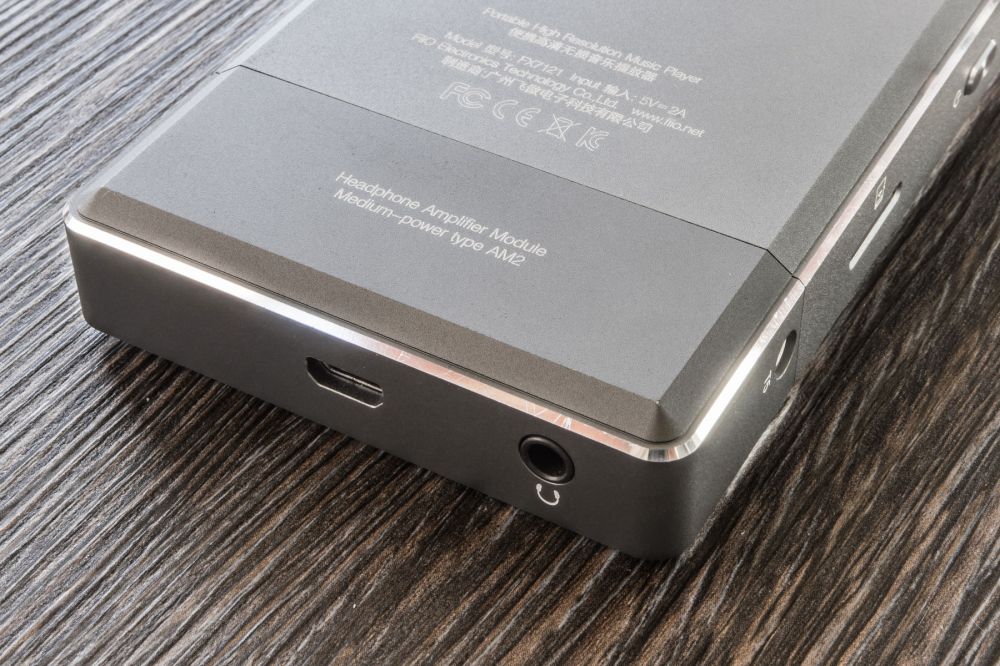
Some bold chamfering runs the perimeter of the device adding some visual interest. The buttons are also metal, keeping the premium feel uniform and each is clicky with nice travel and feedback. Though they are a tad shallow, different machining on the buttons gives them an easily distinguishable texture when the device is in your pocket. The buttons are also very well placed and the X7 controls much more like a smartphone, I also didn’t experience any accidental presses like the X5 III.

At the front of the device lies the same 4” 800 x 480 display as the X5 III. I feel my particular X7 was more accurate with more pleasing colours though I have also seen X7’s that looked more off than the X5 III so I would put this up to unit variation rather than calibration from factory. Brightness is similar, minimum brightness is a little bright for night use and max brightness is fine except when under direct sunlight where the screen tends to wash out. Viewing angles and contrast are also quite good as is saturation which works a treat for album art and video. The X7 doesn’t have the highest Dpi compared to today’s premium smartphones, but text looks crisp and UI elements are well scaled. There is plenty of resolution to view album arts and small text, even the occasional video and game look great on the X7’s IPS display. While the Hidizs AP200 utilises a higher resolution 960×540 display, the hardware utilised in these players isn’t quite powerful enough to push those pixels and the slightly lower resolution X5 III and X7 both provide a significantly more fluid performance.

And finally, running over the physical features of the device, the right and left sides are symmetrical with a rocker at the top and single button below. The rockers can be used to skip songs and change volume while the buttons cover play/pause and power functions. Being symmetrical, Fiio provides a software option to swap the orientation for left-handed users.

The left side houses the single micro sd card slot, it isn’t covered like the slot on the X5 III but allows for tool-less swapping of cards. The card also lies perfectly flush with the side of the device to prevent damage and accidental removal.

The top of the X7 is mainly featureless save for a line/coax output for use with an external amplifier. The bottom of the device is most notable, housing the main interfaces and amp modules. The modules themselves are quite small, they slot nicely into the device and attach using a wide connector that looks to be quite hardy and reliable, I didn’t notice any audio dropouts or other connection issues during my 2 months of use.
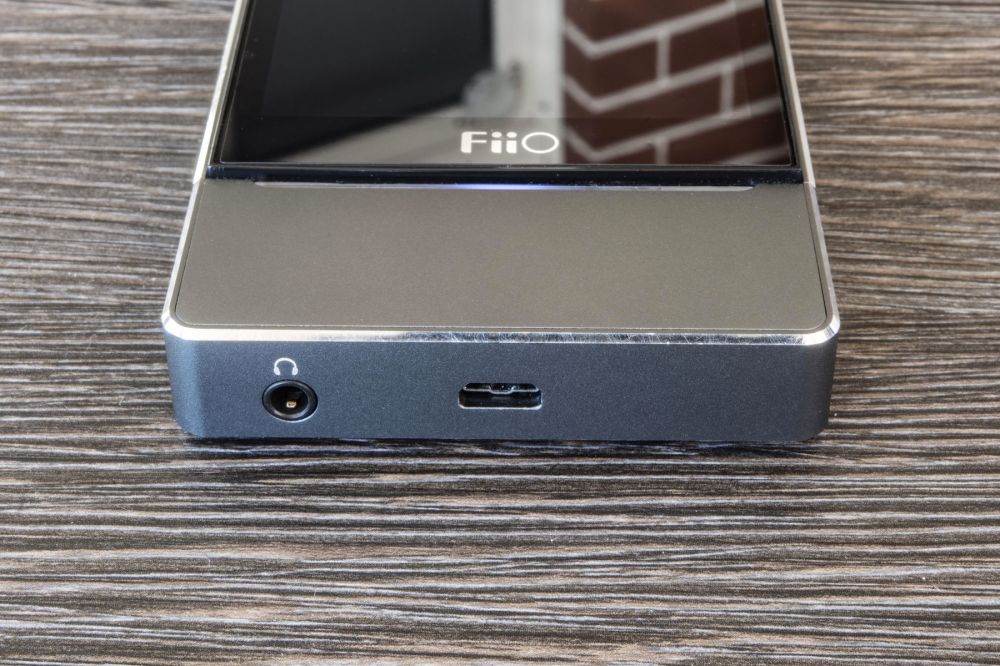
The modules house the micro-usb charging/data port and the 3.5mm output though Fiio offer a balanced module with both an additional 2.5mm balanced port. The modules are fixed to the main housing using two T5 screws, one on either side. The screws are countersunk and lie very flush with the housings, I found the included module to line up perfectly with the main device.

Unfortunately, the AM2 module that shipped with my X7 was evidently from a different production batch as it had a slightly darker colour than the main housing and didn’t line up perfectly. This could be exclusive to my review unit but it is something to consider for second-hand buyers.
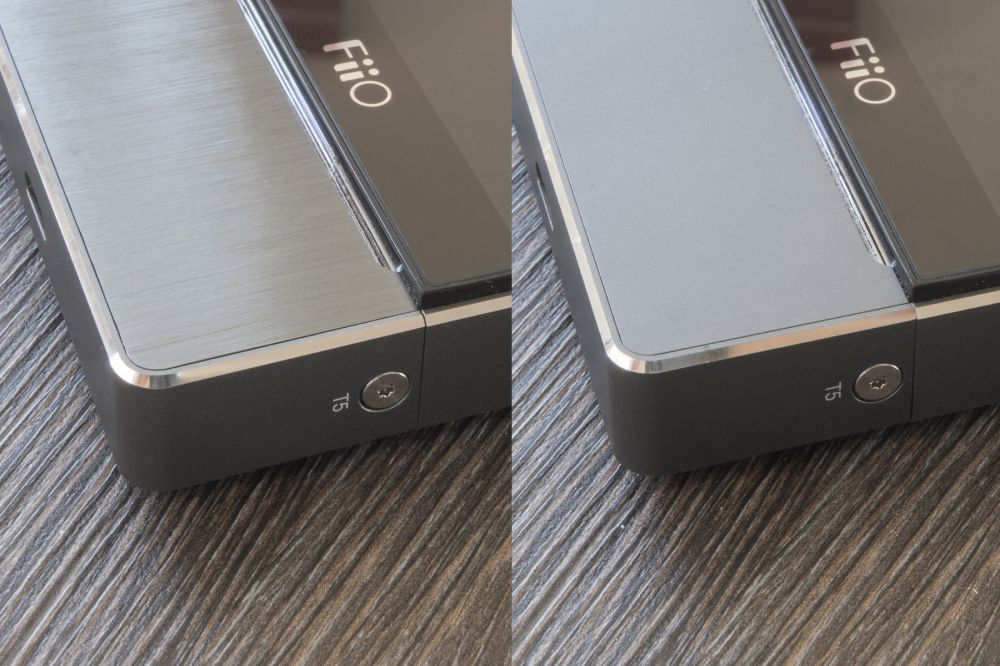
AM1 (Flush) – AM2 (Offset)
Just above the modules lies the pulsar light which acts somewhat like a notification LED and adds some visual intrigue to the device. The action and brightness of the light can be altered in the software with 255 levels of brightness and the choice of blink, solid and full off illumination.
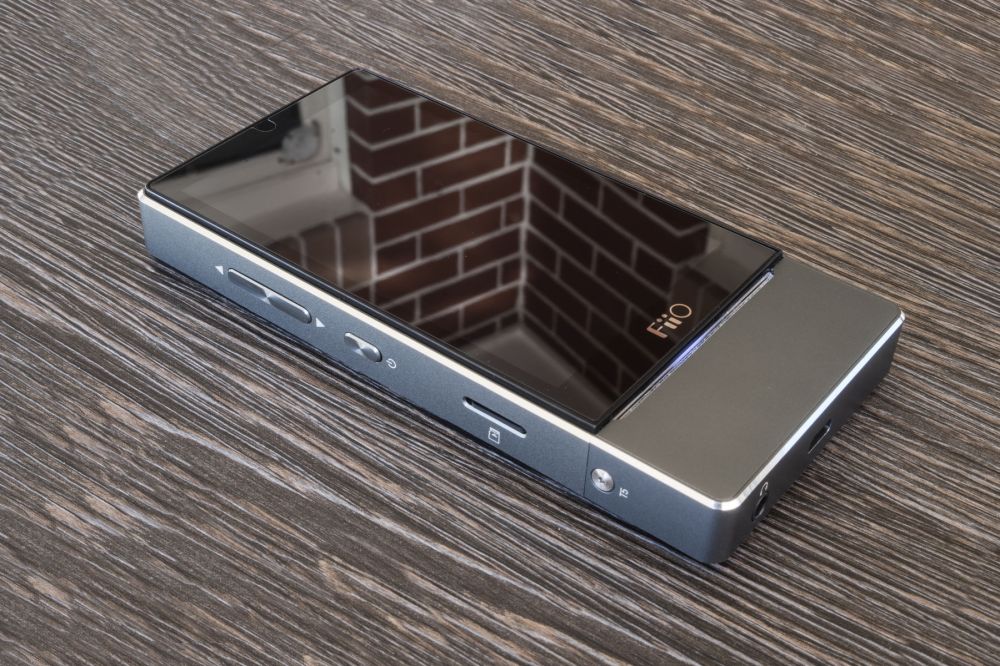
By default, the light pulses when charging and glows solid when the device is active. Other notable features of the X7 include an ambient light sensor just above the display that provides auto brightness adjustments and an accelerometer which senses device orientation. These small tweaks really emphasise the ethos behind the X7’s design, and the culmination of several minor features produce an appreciably more convenient experience than that offered by the X5 III.
Usage –
The X7 has a 3500mah internal lithium ion battery that is just a little larger than the 3400mah unit in the X5 III. But due to the X7’s modularity, battery life can vastly vary despite using otherwise identical hardware. Battery life is rated at over 9hrs with the stock AM1 module though that decreases with higher powered modules, for instance, the AM2 delivers just over 8hrs and the AM3 and AM5 closer to 6. In usage, my unit achieved number just shy of 9 hours with the AM2 module on volume level 30 of 120. The X7 doesn’t have exceptional longevity, but it is easily sufficient for a few days of use and standby drain is very good. I am pleased with the X7’s battery life given its features and output power.
But apart from battery life, the X7 provides much the same software experience as the X5 III. If you would like a little more detail with benchmarks and usage tests, I will provide a link to the usage section of my X5 III review here.
Next Page: Sound
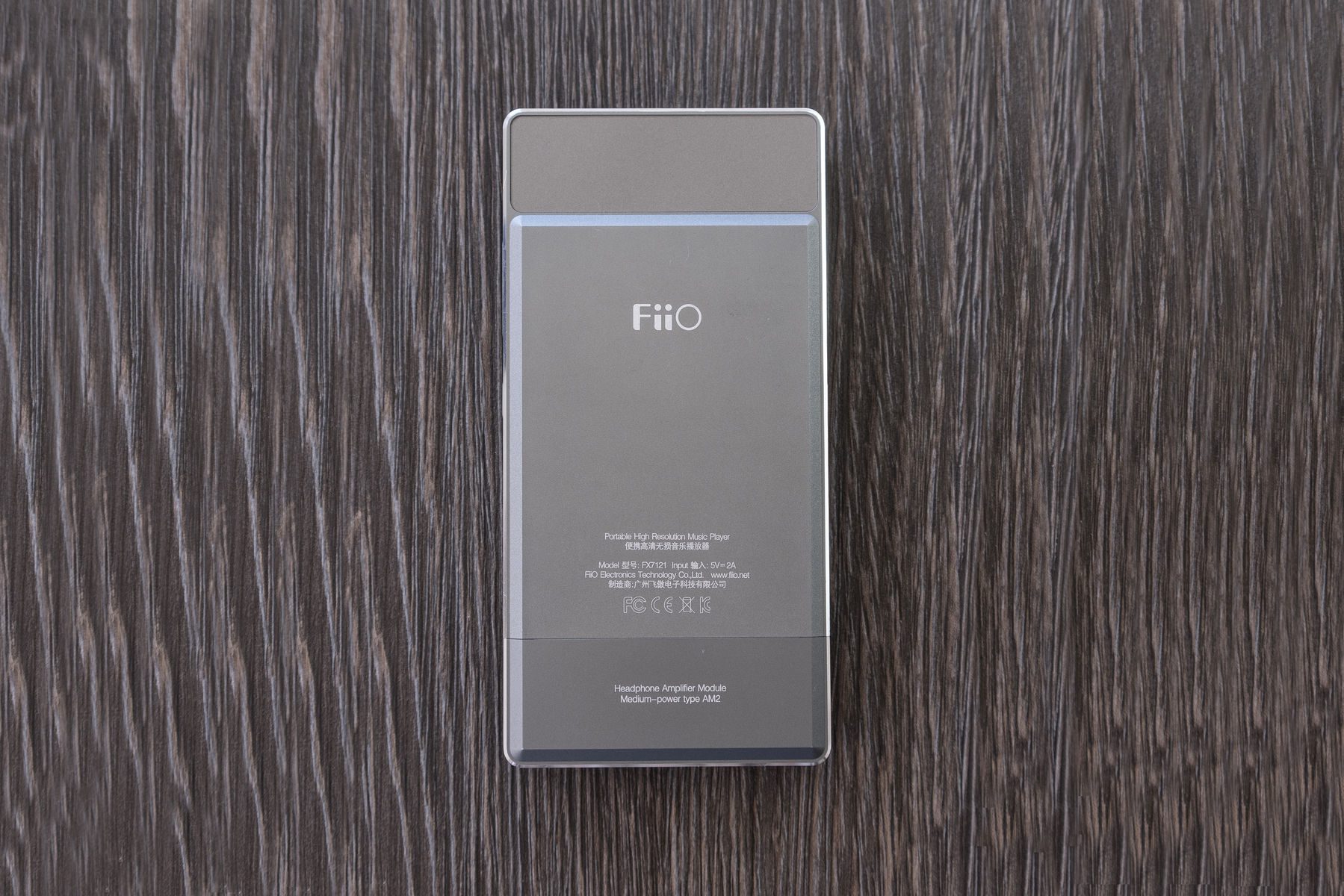



3 Responses
Hi Ryan, did you try Cayin N5Ii, if yes how do compare it with the X7. Thanks!
I would definitely go with the Chord Mojo for pure sound quality.
Hi, ryan, you made mention [in the review] of the fact that a usb dac would be a better value than the x7, so I would like to know what you think of the chord mojo compared to the x7